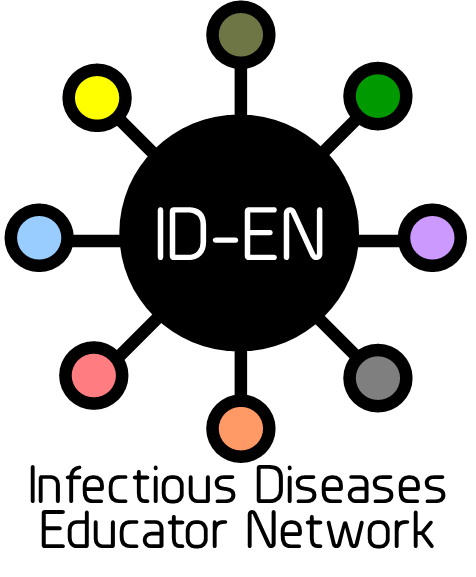The ID-EN works to highlight innovative educational contributions of its members through regular posting of ID GEMs - Great Educational Materials. The purpose of ID-EN GEMs is to share best practices and resources. GEMs can be:
- an innovative method of teaching an ID concept
- a particularly helpful video, picture, or diagram
- an active learning exercise or assignment
- any other resource that students have identified as valuable
GEM updates are shared via the listserv and materials are available through the Shared Resource Repository, both of which are open to members. Descriptions of some GEMs are below:
|
Antibiotic Resistance Animated Mechanisms Author: Joshua Garcia; [email protected] |
|
Disease Detectives Author: Brandon Bookstaver; [email protected] |
|
ID Jeopardy Author: Jonathan Cho, [email protected] |
|
Integrated (Med Chem/Pharmacology/Therapeutics) ID Questions Author: Leigh Anne Hylton Gravatt, ([email protected]) |
|
Guess that Pathogen Author: Meghan Jeffres, [email protected] |
